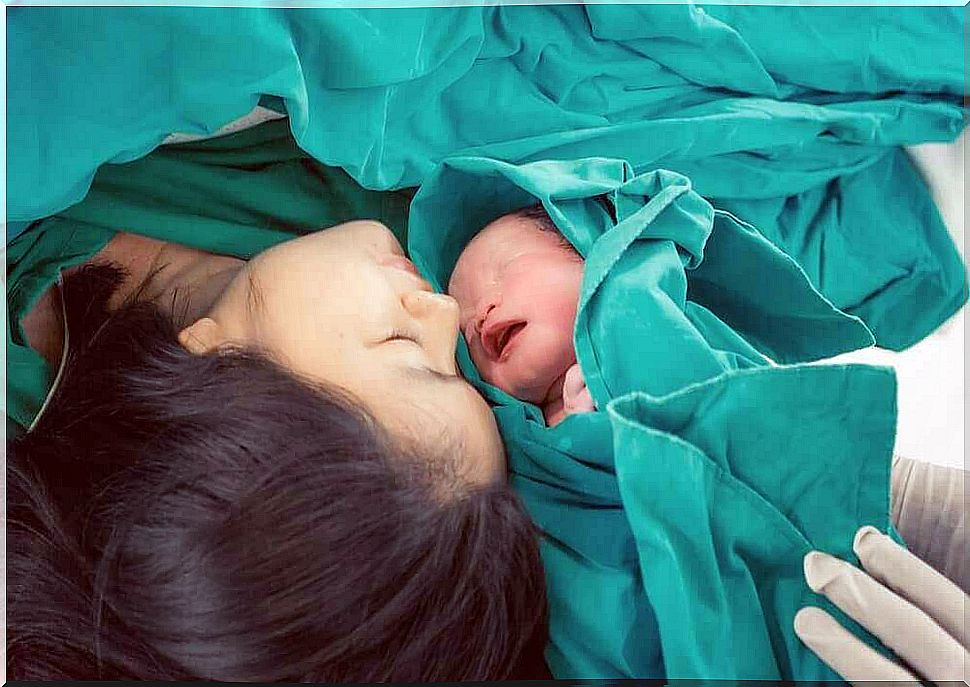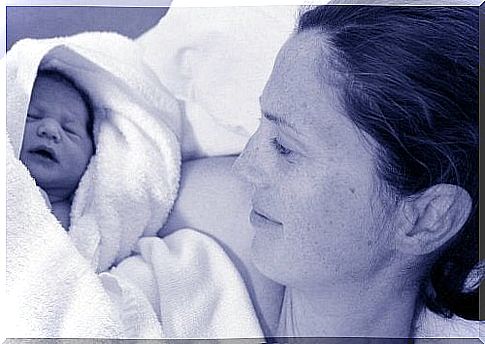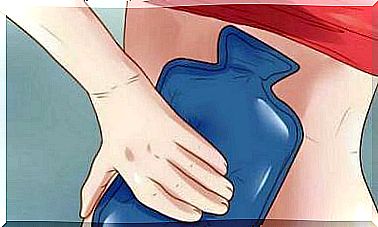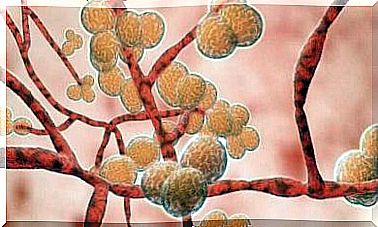A Vaginal Delivery After A Caesarean Section, Is That Possible?

A vaginal birth after Caesarean section (or VBAC, Vaginal Birth after Cesarean) is certainly a realistic option, but only if it poses no risk to either the mother or the baby.
Before we get into exactly what VBAC means, let’s first look at the meaning of some medical terms.
Cesarean section
A cesarean section is a surgical procedure in which the fetus and placenta are removed by cutting open the abdomen and uterus. It is a procedure that is often performed. A caesarean section prevents complications that can arise with a vaginal delivery, so that mother and child can be protected.
vaginal delivery
Vaginal delivery is the traditional method of delivery. The baby then comes out of the mother’s abdomen through the vagina. The vaginal birth is the option that is usually recommended, provided there are no risks.
If the mother has already had a child through a vaginal delivery, the chance of a successful delivery is greater than if the mother suffered from complications during a previous delivery.
Possible complications of a vaginal birth
Prolonged delivery

Weak and irregular contractions are an indication of a prolonged labour. This type of contraction delays the dilation and the birth process.
Factors that can cause a prolonged labor include:
- the mother’s pelvis and the baby’s head are out of proportion.
- the mother has a narrow cervix.
- a complication in the baby.
Premature Birth
We speak of a premature birth when labor begins before the 37th week. Causes of premature birth include:
- the membranes that break too soon
- abnormalities in the uterus
- a disease of the mother
- malnutrition
- infections
- unknown causes
Fetal distress due to lack of oxygen
Fetal distress occurs when the baby has an alarmingly fast heartbeat, or when there is stool in the amniotic fluid. As a result, the baby is not getting enough oxygen.
breech
If the baby is in a breech position, the chance of a complication in a vaginal delivery is 4 times greater. This is also the case when the baby is in the womb with the feet or knees pointing downwards.
If the above possible complications of a vaginal birth are known to the mother, and if she still opts for a vaginal birth after a caesarean section, she must first visit a medical specialist. The doctor can then determine whether the mother meets all the conditions for a successful VBAC.
The profile that the mother must meet for a VBAC
In general, a woman who opts for a vaginal delivery after a cesarean section should meet the profile below. The mother has:
- only had one caesarean section in the past, with a transverse incision low on the abdomen.
- no other scars on the uterus.
- a pelvis with a width that meets clinical standards.
- have not had a uterine rupture, medical complications, obstetric problems or uterine fibroids in the past.
- a good physical condition and no diseases such as diabetes, high blood pressure, heart disease or genital herpes.
The benefits of VBAC

The benefits of a vaginal delivery after a cesarean section are:
- Preventing repeated major abdominal surgery.
- Reducing the risk of placental problems for any future pregnancies.
- In comparison with a caesarean section, there is less blood loss and a lower risk of infections during a vaginal delivery.
- Reducing the risk of complications associated with repeated operations, such as damage to the intestines and vagina.
- Less pain after delivery.
- The baby is more often born in a healthy condition. By cesarean section, on the other hand, babies are often delivered prematurely.
- In vaginal deliveries, the baby’s lungs are often stronger.
The Risks of VBAC
However, vaginal delivery after a cesarean section also carries risks. We elaborate on those risks below:
- No birth method is risk-free. Nevertheless, studies show that there are fewer deaths with a VBAC than with repeated caesarean sections.
- The uterus may rupture in the area where the previous cesarean section was made. Unfortunately, this can cause bleeding and negatively affect the oxygen supply to the baby.
- Medical specialists recommend forgoing the VBAC procedure if the mother needs to be given oxytocin to induce contractions.
- Sometimes doctors have to forego a VBAC and perform an unplanned cesarean section. This may pose risks, such as bleeding or infection in the uterus or at the incision. As a result, the baby can suffer long-term neurological damage. In some cases, the baby may even die.
Conditions for a successful VBAC

During labour, the baby’s heart rate should of course be continuously monitored with a fetal monitor. The heart rate is the first indication of a possible problem. The mother will receive an intravenous injection and should not eat before and during the delivery, in case a caesarean section is necessary.









